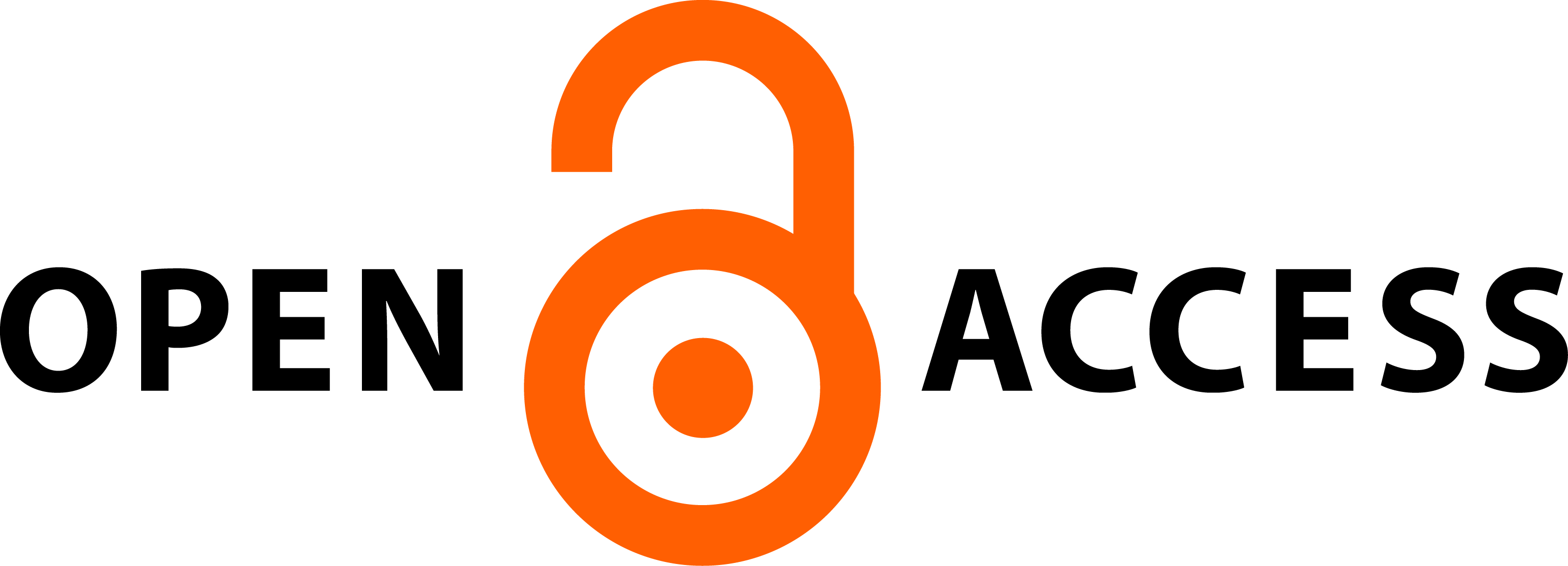GENERÁCIÓK KÖZÖTTI TÖRÉSVONAL A NYELVJÁRÁSI NYELVHASZNÁLATBAN – ESETTANULMÁNY
Absztrakt
A tanulmány a Szögedi Szociolingvisztikai Interjú kutatás egy kétgenerációs interjújának elemzése. A kettős interjú adatközlői anya (42 éves) és leánya (12 éves) voltak, akik Szegeden élnek. A két adatközlő nyelvhasználatának dialektológiai szempontból legfeltűnőbb sajátossága, hogy az anya következetesen a szegedi ö-ző nyelvváltozatot beszéli az interjú során, ezzel szemben lánya egyáltalán nem ö-zik. Fiatalabb interjúalanyunk nyelvi viselkedését különösen érdekessé teszi az a tény, hogy a családban három generáció él együtt, és mind a nagyszülei, mind szülei ö-ző nyelvjárásban beszélnek. A kétgenerációs interjú szövegét az alábbi szempontok alapján elemzem: a) hogyan vélekedik anya és leánya az ö-ző nyelvjárásról és a köznyelvről; b) hogyan vélekednek a másik nyelvhasználatáról; c) mit gondolnak arról, hogy a másik miért éppen úgy beszél, ahogy. Esettanulmányom a generációk közötti nyelvi diszkontinuitás bizonyos motívumaira vethet fényt a legkisebb beszélői közösség, a családban együtt élő beszélők szintjén.
Hivatkozások
Berente Anikó–Kontra Miklós–Sinkovics Balázs. 2016. Egy szegedi ö-ző, e-ző és mekegő beszélő nyelvhasználatának és nyelvi attitűdjeinek összefüggései. In Sztenderd – Nem sztenderd: variációk egy nyelv változataira, szerk. Kozmács István–Vančo Ildikó. 97–107. Lakitelek: Antológia Kiadó.
Kiss Jenő szerk. 2001. Magyar dialektológia. Budapest: Osiris Kiadó.
Kontra Miklós–Németh Miklós–Sinkovics Balázs. 2016. Szeged nyelve a 21. század elején. Budapest: Gondolat Kiadó.
Lanstyák István. 2011. A nyelvi ideológiák néhány általános kérdéséről. In Nova Posoniensia. 13–57. Pozsony: Szenczi Molnár Albert Egyesület–Kalligram Kiadó.








